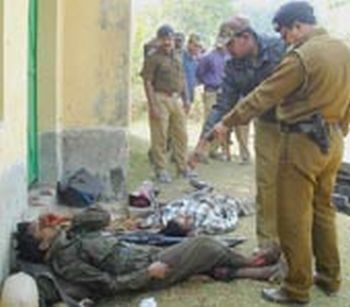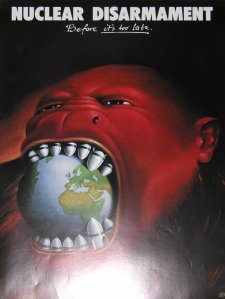 The Naxal extremists are posing more danger than other terrorists in the country. This long brewed violence is going unchecked in the some of the worst affected states like Chattisgarh. It is importat and urgent to check these merchants of death at the earliest to save the country from the worst crisis.
The Naxal extremists are posing more danger than other terrorists in the country. This long brewed violence is going unchecked in the some of the worst affected states like Chattisgarh. It is importat and urgent to check these merchants of death at the earliest to save the country from the worst crisis.
The Times of India writes (17 July 2009)
More than 3,800 people have lost their lives in naxal violence in the country in the past five years with the number of casualties
increasing every year since 2004.
The annual report of the home ministry for 2008-09, released this week, says that a total of 3,338 persons were killed in 7,806 incidents of naxal violence which took place in Chhattisgarh, Bihar, Andhra Pradesh, Jharkhand, Madhya Pradesh, Maharashtra, Orissa, Uttar Pradesh, West Bengal and Karnataka from 2004 to 2008.
The total number of casualties increased to 3,823 till July 13 this year. This reflects home minister P Chidambaram’s grim assessment of the situation when he told the Rajya Sabha on Wednesday that the naxal threat was “underestimated” for many years.
The country witnessed the killing of 566 persons in naxal violence in 2004; 677 in 2005; 678 in 2006; 696 in 2007 and 721 in 2008. The year 2009 has so far reported the killings of 485 persons including 230 security personnel.
The annual report said the highest casualties during the period (2004-08) were in Chhattisgarh where a total of 1,250 people lost their lives in 2,654 incidents. The state saw 242 deaths last year, 369 deaths in 2007 and 388 in 2006. Naxal violence claimed 776 lives in Jharkhand, one of the worst affected states, in the last five years.
In 2008 alone, the state witnessed 207 deaths from 484 incidents of violence. Altogether, 452 people lost their lives in Bihar in 915 incidents in the last five years. Last year, there were 73 deaths in 164 incidents of naxal violence in Bihar while in 2007, 67 deaths in 135 incidents were reported.
Andhra Pradesh witnessed 420 deaths in 1,252 incidents in the last five years. There was less violence in the state last year — 46 deaths in 92 incidents — in comparison to 2005 when there were 208 deaths in 535 incidents, the home ministry report said.
The Maoist violence claimed 149 lives in Orissa in 291 incidents that took place between 2004 and 2008. Incidentally, 101 deaths had taken place in 2008 alone in 103 incidents.
While West Bengal witnessed 71 deaths in 115 incidents, there were 35 naxal related deaths in Uttar Pradesh and 18 deaths in Karnataka.
 Universal nuclear disarmament is urgently needed to ensure peace and prosperity of the world. If the current generation of the world leaders are giving good life for the present and future generations nuclear disarmament should be immediately enforced.
Universal nuclear disarmament is urgently needed to ensure peace and prosperity of the world. If the current generation of the world leaders are giving good life for the present and future generations nuclear disarmament should be immediately enforced.